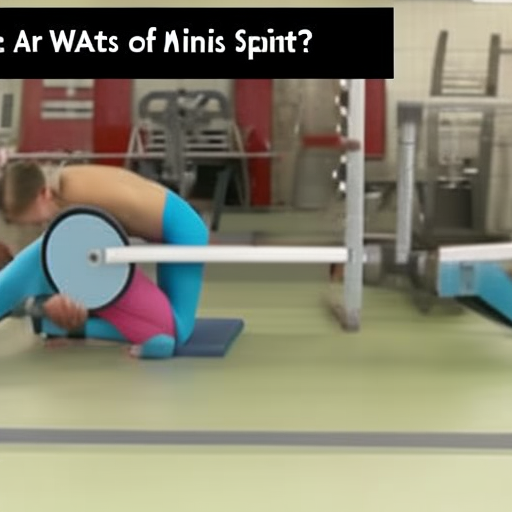Do you need to upgrade your air conditioning system and considering mini split air conditioners? Before deciding if a mini split is the right solution for you, it’s important to weigh the advantages and disadvantages. In this article, we’ll explore the potential downsides of a mini split air conditioning system so you can make an informed decision to ensure it meets your needs.
Overview of Mini Splits
Mini splits, also known as ductless air conditioners, are an excellent alternative for homes without central heating and cooling systems. They are compact, versatile, easy to install, and energy-efficient. Mini splits are an affordable option for heating and cooling individual rooms without having to pay for the installation of central air units. They are perfect for garages, basements, sunrooms, or any other place where the existing system is inadequate.
Thanks to their unique technology, mini splits have made a significant impact on the HVAC industry. Instead of using ducts to distribute air, they rely on refrigerant lines that run through the walls to connect the indoor and outdoor units. This simplifies installation and eliminates the need for ductwork. With a mini split, you can avoid the hassle of tearing down walls, installing ducts, and re-sealing the structure. It means that mini splits can provide comfort all year round without affecting the aesthetics of your home. Plus, they are excellent for zone heating and cooling, meaning you only heat or cool the room you are currently occupying. This is great for reducing energy costs and being environmentally conscious. To sum up, mini splits offer many advantages that attract homeowners.
Limitations of Mini Splits
It’s true that mini splits have plenty of benefits, but like any other appliance, they come with their own set of limitations as well. Let’s take a look at some of the most common drawbacks that come with using mini splits:
– Limited coverage area: Mini splits are great for small to medium-sized areas, but they may not be efficient for larger spaces. If you live in a big house with multiple rooms or have commercial spaces that require cooling or heating, you might need to install multiple units to cover the entire area. This can be expensive and requires extra time and effort from both you and your installer.
– Installation limitations: Unlike central HVAC systems, mini splits require installation in specific areas of your home or business. These units need to be placed on exterior walls, which limits your options for placement. Also, because mini splits are relatively new to the market, finding an experienced professional to install them can be a challenge. Make sure you do your research and find a reputable installer who knows what they’re doing.
But don’t let these limitations discourage you from considering mini splits. In many cases, the benefits far outshine the drawbacks, making them the perfect choice for many homeowners and business owners. Overall, mini splits offer energy efficiency, flexibility, and customizable options that can’t be found in traditional HVAC systems. As with any investment, carefully consider your needs and your budget to determine if mini splits are a good fit for you.
Drawbacks of Mini Splits
Mini splits are a popular heating and cooling solution for many homeowners. But like all products, they come with their own set of drawbacks. Here are some of the most common drawbacks you may encounter with mini splits:
Firstly, mini splits may not be the most cost-effective option. Although they are energy efficient, they can have a higher upfront cost compared to other heating and cooling systems. Additionally, installation costs can also be higher due to their complex wiring and refrigerant lines. However, keep in mind that you may be able to recoup these costs in savings on your energy bill over time.
Another issue you may face with mini splits is their noise level. While they are generally quieter than traditional window air conditioners, they can still produce a humming noise that may be bothersome to some homeowners. However, manufacturers have made improvements in recent years, and you can purchase models that operate at lower decibel levels than some of the older models. Additionally, make sure to have a licensed professional install your mini split, as improper installation can also contribute to noise levels. Overall, mini splits can be a great investment for those looking for efficient heating and cooling, but make sure to weigh the potential drawbacks before making your decision.
Additional Considerations for Mini Splits
When it comes to considering mini splits for your cooling and heating needs, there are a few additional factors to consider before making a final decision. One potential downside is that mini splits can be more expensive upfront than traditional HVAC systems. However, this cost can be offset by their energy efficiency over time, which could save you money on your monthly energy bills.
Another factor to consider is the placement of the units. Mini splits require an outdoor compressor unit and an indoor air handling unit, which can take up valuable space on your property. Additionally, the indoor unit needs to be strategically placed in a location that allows for optimal airflow and temperature control. This may require some modifications to your home, such as cutting holes in walls or installing ductwork, which can add to the overall cost of installation. Despite these additional considerations, mini splits remain a popular choice for homeowners looking for a modern and efficient way to heat and cool their homes. Mini splits are an efficient and convenient way to heat and cool homes, however it is important to understand the potential drawbacks before making a decision to purchase this system. The decision should be weighed against the advantages and disadvantages before proceeding so that you are making a wise investment that is tailored to your own needs. With the knowledge of the possible disadvantages of a mini split, you can be better informed to make the best decision.